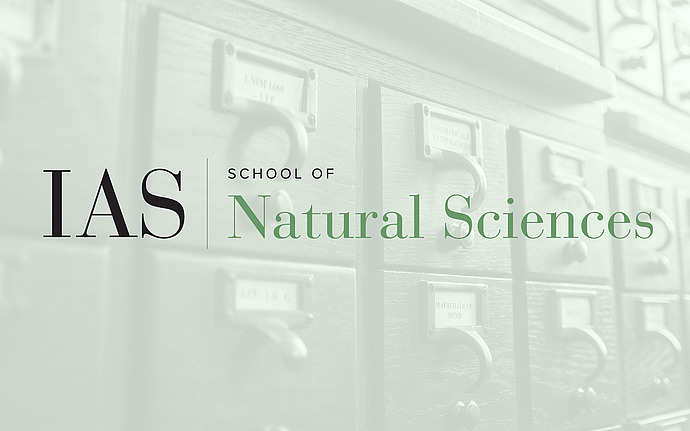
Princeton University Extrasolar Planet Discussion Group
Cross-Disciplinary Characterization of Exoplanet Atmospheres: Observation, Theory, and Experiment
With the advent of JWST, the need for detailed chemical and photochemical models of exoplanet atmospheres has increased. Traditionally, building reaction networks required manually tracking species and reactions, a process that is both time-consuming and prone to errors, often limited to specific conditions. We introduce an automated approach using a computer-aided chemical reaction network generator combined with 1D photochemical kinetic-transport modeling, applied to various exoplanet atmospheres from hot Jupiters to temperate sub-Neptunes.
Applying this new framework to temperate sub-Neptunes reveals that the atmospheric CO2/CH4 ratio can infer the deep interior H2O/H2 ratio. Applying this to recent JWST observations, we suggest that K2-18 b likely has an interior with 50% water enrichment, indicating significant ice accretion during its formation. Conversely, our model suggests that TOI-270 d’s interior is about 25% water, consistent with a metallicity exceeding 100x solar metallicity. Additionally, our models identify carbonyl sulfide (OCS) and sulfur dioxide (SO2) as key indicators for temperate sub-Neptunes with at least 10% water content.
As a future study, investigating extensive sulfur (photo)chemistry will be crucial. This research should combine ab-initio calculations with experimental measurements, enabling a cross-disciplinary characterization of exoplanet atmospheres.